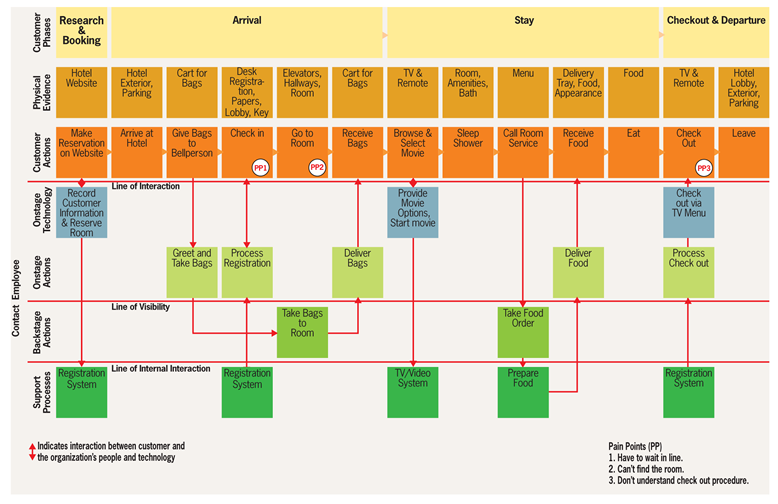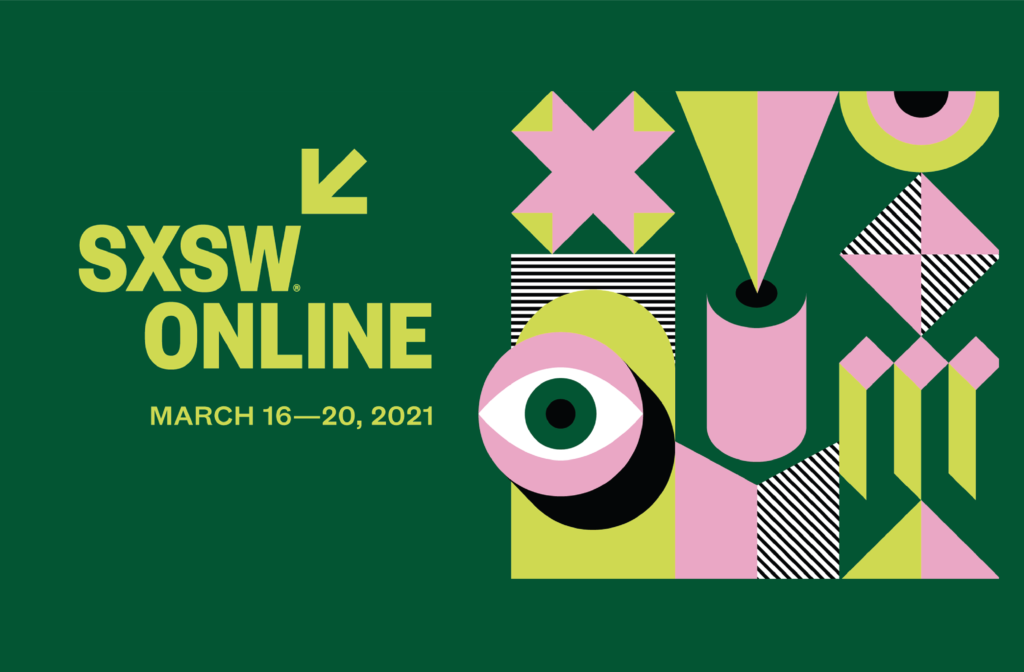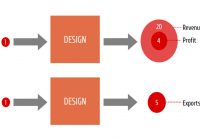Although service design has lately become a more prominent discipline, designers and companies sometimes have difficulty in finding a common language to define and coordinate services. Consequently, there are some questions that frequently come up in conversations. In order to clarify these questions we have prepared an FAQ list about service design:
What is a service?
Services are structures that are presented to customers for a temporary period of interaction and that create value as a result this interaction. An example is the iTunes Store which Apple launched in 2003. iTunes Store is a service designed to make the processes of reviewing, downloading, and listening to music more seamless and simple on Apple products. An older example is the after-sale services of companies like IBM. Beyond customer service, these are a new sales channel for technology companies which people buy along with their computers -a channel even more profitable than product sales.
In addition, there are services that are made up of media none of which customers actually own. For example, in a service like Airbnb, you don’t own the rooms or houses you stay in, but you get a temporary right for using them. Here, the value is created through an interaction between you, Airbnb website, and your accommodation. The same holds true for services comprised of multiple channels and touchpoints such as restaurants, hotels, and airlines.
What is a touchpoint?
Touchpoints are the media that customers interact with services in any way. For instance, in an airline service, website, access to the airport, kiosks, food, flight attendants’ communication, the plane are all individual touchpoints.
What is service design?
Service design is the arrangement of service elements like organization, people, infrastructure, technology, and communication in order to deliver a good experience to people all along the service journey. Service design is necessarily about people. It aims to develop services that improve the impacts of service journeys on people.
Why does service design matter?
Without an effective service design, it’s difficult for companies to look at customer experience holistically. A store only concerned about the products and does not consider how customers get there and what kind of an experience they want to have as a result could be an example. Using service design, companies can oversee the end-to-end customer experience and rearrange the elements affecting the experience. In this way, they can improve the experience through even seemingly small changes that affect the customer experience substantially.
Why should I be interested in service design?
Because service design can eliminate customer dissatisfaction by small changes and differentiate your company by enhancing customer experience. Here is an example: In 2011, violent behavior in emergency departments in UK public hospitals costed £69 million annually to NHS. Working with the multidisciplinary design studio PearsonLloyd demonstrated that this was due the fact that patients didn’t understand the clinical language. As a solution, posters that guided patients along the process were designed and positioned on key locations. In this way, patients were provided with information about at what position they are and how long they have to wait. The new design reduced violent behavior by 50% and insults by 25%. Three quarters of patients told that the new design reduced frustration by 88%. £3 of profit was made for every £1.
What is the difference between UX and service design?
Although UX as a concept refers to user experience more generally, it has become a term to signify the design of digital interfaces. In this sense, UX deals with the experience of interface of a website or application (focusing on the user), while service design deals with the design and experience of all touchpoints (focusing on the journey) including the digital media. From this perspective, service design represents a holistic view or an end-to-end look at services, and aims to answer the question “ how can a customer journey be arranged in a way that creates the best experience?”
How Service Design Blueprint is Used?
Initially, the service blueprint method was introduced by Lynn Shostack to visualize the elements of the customer interactions at a service, organized similarly to the production of theater plays. Shostack’s method labels “onstage” the areas where the customer sees and interact with the service, whereas used the label “backstage” for the corresponding provider action areas that the customer does not see. These areas were marked and separated with the line of visibility, the line determines the limit of detail in an effort to keep the customer journey as simple as possible, by limiting the visibility of actions from the customer perspective.

Image: An example blueprint showing service design for the overnight hotel stay.
In the example image, there is a common example of the overnight hotel stay. The first three lines might be familiar to most people, as it demonstrates the customer actions and visible physical evidence like website, check-in desk, hotel room. It is possible to find actions and physical evidence of the service employees who are sometimes visible to the customer below the “Line of Interaction”. In this example these actions are shown as greeting the customers, delivering bags, and processing check-out. Whenever the employees are not visible to the customer anymore, their actions are placed beyond the “Line of Visibility” in the service design blueprint. Finally, the bottom line of the blueprint demonstrate the actions that support the employee interactions with the customer. In summary, service design blueprint is used to understand cross-functional relationships and align frontstage and back-stage processes.
Where can I find any other related sources?
thisisservicedesignthinking.com
Image credit: Getty Images
If you have questions or comments you can contact with us.




